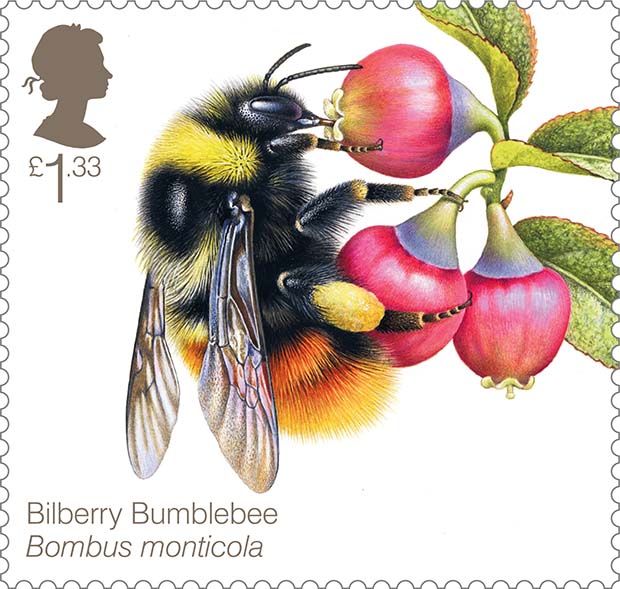Irish bumblebee populations recorded in 2017 were at the lowest since monitoring began six years ago, with marked losses in critical native species, according to the latest monitoring figures. The declines are confirmed by the All-Ireland Bumblebee Monitoring Scheme co-ordinated by Dr Tomás Murray, senior ecologist at the National Biodiversity Data Centre in Co Waterford.
There are 21 species of bumblebee in Ireland, which are vital pollinators of crops and wild plants. The findings released on Tuesday are based on the past six years of monitoring across more than 100 sites focusing on eight of the most common bumblebee species. “Based on a 2006 ‘red list’ , we already knew that six of our rarer 21 bumblebee species are threatened with extinction from this island,” Dr Murray said. Bumblebees are larger than honey bees and do not cluster in hives. “These include the charismatic great yellow bumblebee now confined to the northwest and the shrill carder bee, with its distinctive buzz, now only found in isolated populations in the west of Ireland,” he noted.
Of 98 Irish wild bee species, one-third are threatened with extinction, he confirmed. For the first time, these new findings provide an early-warning signal on how more common bumblebees are faring. The large carder bee is threatened across Europe and, despite Ireland having relatively widespread populations of this species, a 23 per cent decline in the numbers have been seen since 2012, Dr Murray said.
A combination of habitat loss, intensification of agriculture, hunger due to a decline in wildflowers, disease, poisoning by pesticides, climate change and imported species has caused bee population decline in Ireland. The overall trend since 2012 is a year-on-year decline of 3.7 per cent leading a total loss of 14.2 per cent. “Given the variability around our estimate, we have to be cautious about not crying wolf, but it is telling that we are detecting moderate declines in widespread species after only six years,” Dr Murray said.
The declines were discovered partly due to the efforts of 80 citizen scientist volunteers. They walk a fixed route of one or two kilometres once a month from March to October and count the number and type of each bumblebee they observe using a standardised methodology. “In 2017, we collectively walked 883km over 490 hours, and counted 12,969 bumblebees across 14 species, making this one of the first national citizen science schemes in the world that tracks changes in wild pollinator populations,” Dr Murray said.
To address declines in pollinating insects, an All-Ireland Pollinator Plan (AIPP) was launched in 2015. Its implementation is co-ordinated by the National Biodiversity Data Centre. Project officer Juanita Browne said it was undeniable that bees are declining. “But the good news is we know exactly what we need to do to help bees, and the actions needed are very doable and will show results almost immediately.”
Source: The Irish Times, 15 May 2018
https://www.irishtimes.com/news/environment/irish-bumblebee-population-…

- Login om te reageren
